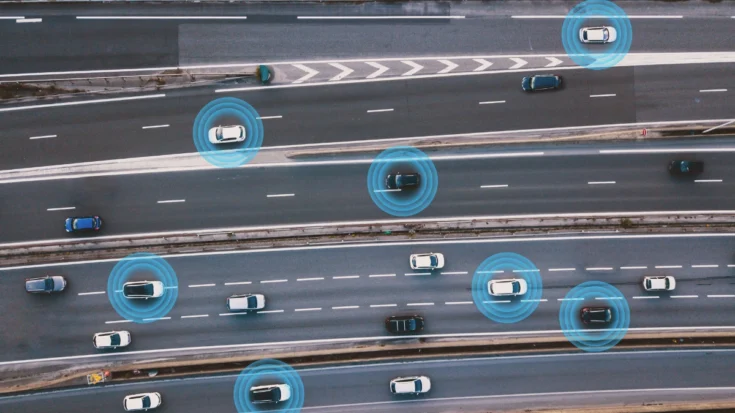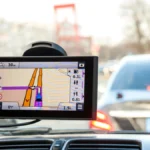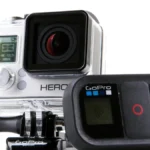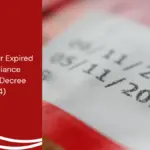Telematics Control Unit (TCU) is a communication device enabling two-way data exchange between a vehicle and external networks.
As autonomous vehicles and connected cars become more prevalent, the adoption of Telematics Control Unit in vehicles is anticipated to grow.
To know more about the Telematics Control Unit, let’s take a look at the definition, workings, functions, and types.
Also Read
Table of Contents
What is a Telematics Control Unit?

A Telematics Control Unit (TCU) is an integrated system embedded within a vehicle, serving as the central platform for gathering, processing, and transmitting data between the vehicle and external networks.
By utilizing various communication technologies like GPS, cellular networks, and Bluetooth, the TCU enables real-time monitoring, diagnostics, and control of vehicle systems.
The key components of a Telematics Control Unit include:
- Microcontroller/Processor
- GPS Module
- Cellular Modem
- Memory/Storage
- SIM Card
- CAN Bus Interface
- Bluetooth/Wi-Fi Module
- Power Management Unit
- Sensors
- Antenna
How Telematics Control Unit Works?

A Telematics Control Unit (TCU) is an embedded system installed in vehicles to provide telematics services. Essentially, it functions as a microcontroller—a compact computer integrated into a single electronic chip.
The TCU enables wireless communication between the vehicle and cloud services or other vehicles using V2X standards over mobile networks.
It gathers telemetry data from the vehicle by interfacing with various subsystems through data and control buses (CAN) within the vehicle.
This data includes information such as location, speed, engine performance, and network connectivity quality. Additionally, the TCU can offer in-vehicle connectivity via Wi-Fi and Bluetooth and supports the e-Call feature in applicable markets.
The Functions of Telematics Control Unit

The main function of the TCU is to control vehicle communications, tracking, and diagnostics. Here are some functions of the TCU:
1. Connectivity
The Telematics Control Unit (TCU) allows vehicles to connect to the internet via a variety of communications technologies, including cellular networks, Wi-Fi, and Bluetooth. With this connectivity, vehicles can access cloud services, navigation applications, software updates, and various smart features that improve the driving experience.
2. Vehicle monitoring
The TCU has the ability to monitor various aspects of vehicle performance in real time. This includes monitoring vehicle location, speed, engine condition, connectivity quality, and various other statistics.
The data collected can be used for diagnostic analysis, predictive maintenance, as well as vehicle tracking for security and fleet management.
3. Driver assistance
In addition to monitoring functions, the TCU also plays a role in providing various driver assistance features. This includes more accurate navigation, automatic driving assistance, as well as an emergency call system (e-Call) that can automatically contact emergency services when an accident or other emergency situation is detected.
4. Vehicle communications
With support for Vehicle-to-Vehicle (V2V) and Vehicle-to-Infrastructure (V2I) communication standards, TCU allows vehicles to interact with other vehicles and road infrastructure.
Technology plays an important role in creating a safer and more efficient driving environment by exchanging real-time information, such as collision warnings and traffic conditions.
5. Software update
One of the main capabilities of the TCU is supporting vehicle software updates over the air (Over-The-Air/OTA). With this method, vehicles can receive the latest firmware and software updates without the need to visit a physical repair shop, thereby improving vehicle safety, performance, and features more efficiently.
6. System integration
In addition, TCU can be integrated with various other intelligent systems, including smart home systems. This allows vehicles to connect and interact with other smart devices, creating a more unified and convenient experience for users.
Knowing the Telematics Control Unit definition, how it works, and its functions, hopefully can help you choose the right system for your vehicle’s needs.
If you are a TCU device distributor looking to enter the ASEAN market, using Type Approval Certification Service for ITC Products is a necessary step. With their skill and validity, the certification preparation will be less demanding and quicker. For the smooth running of your business, don’t hesitate to utilize their services!












